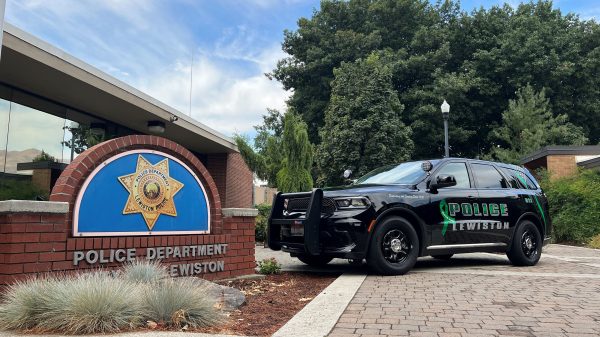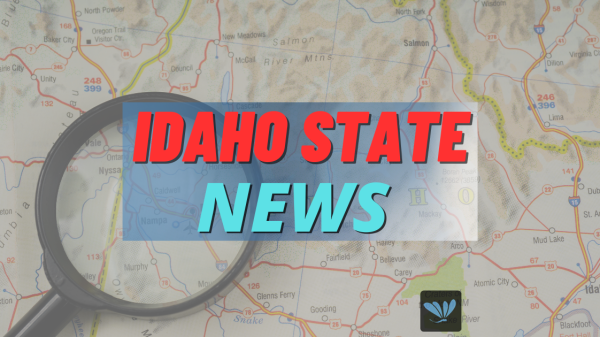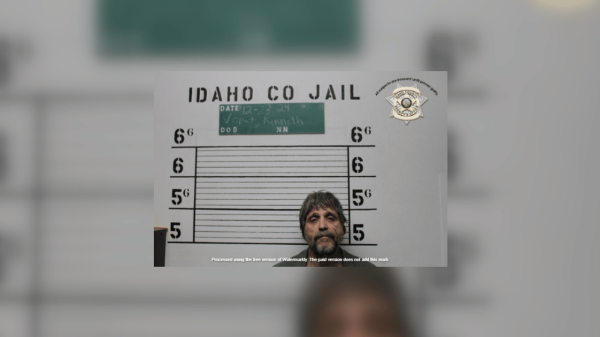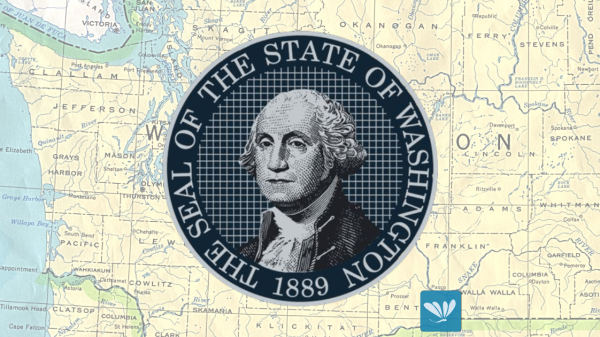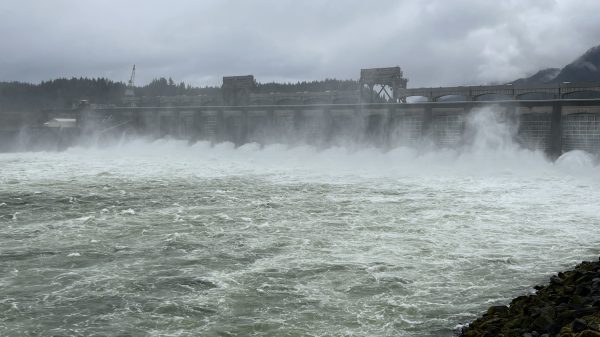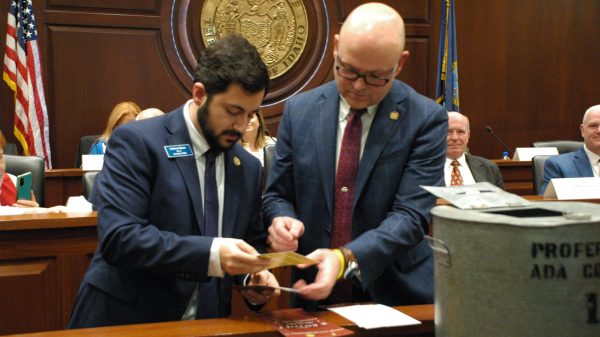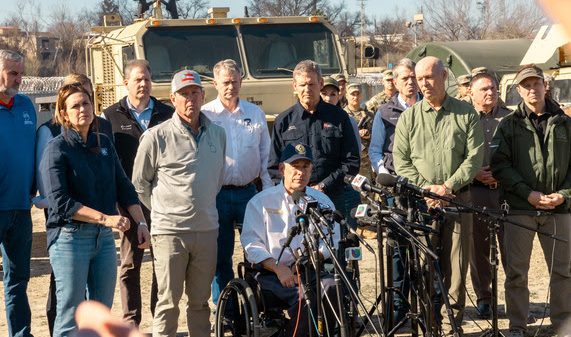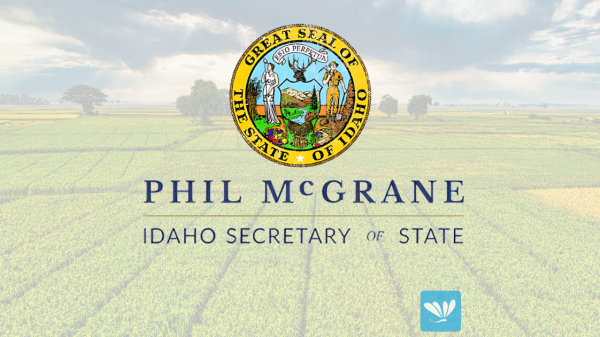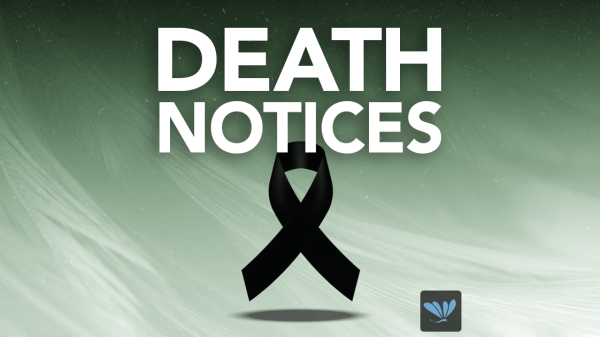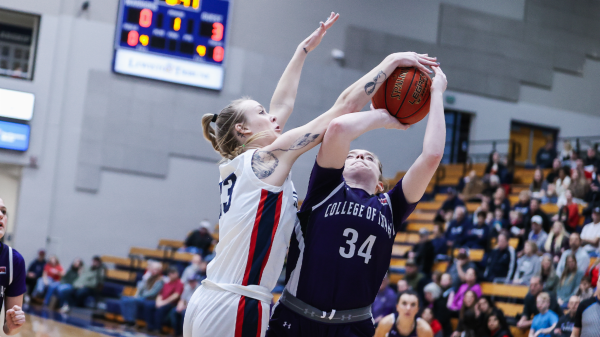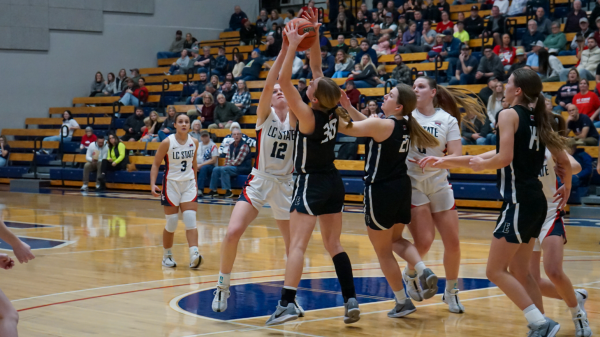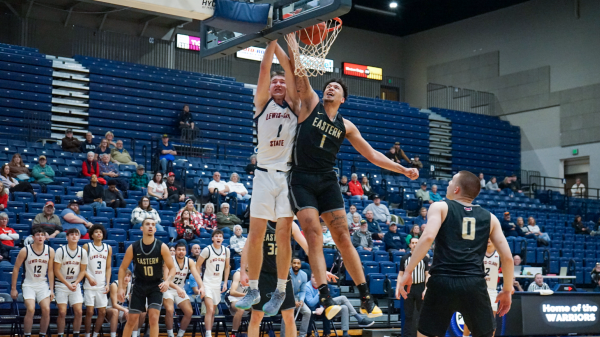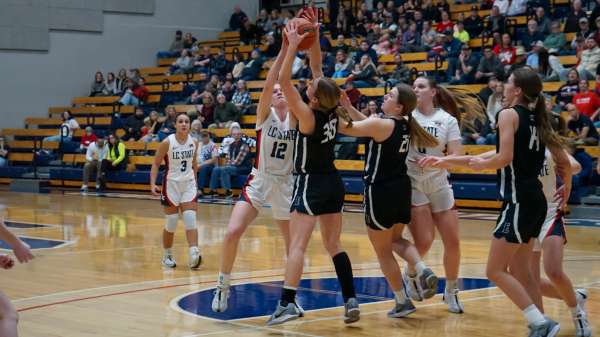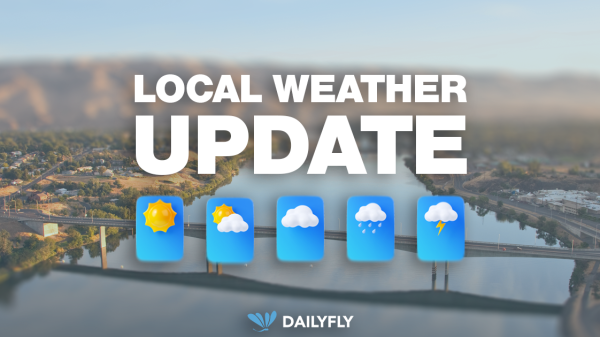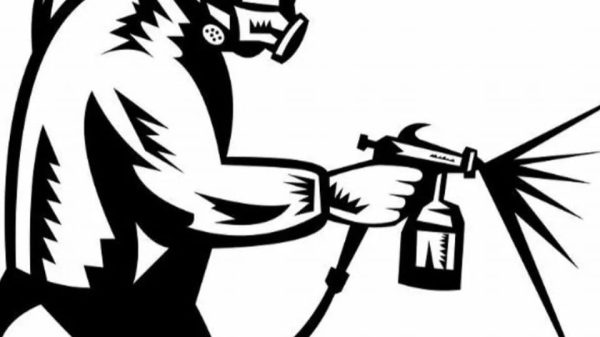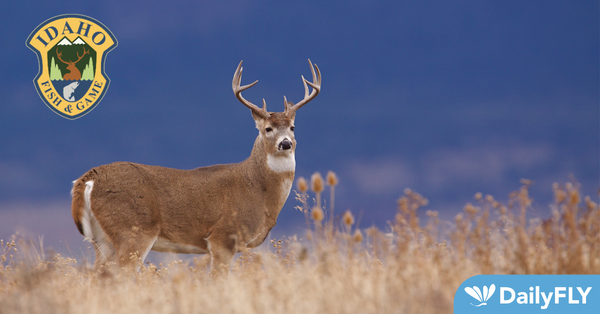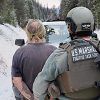The Idaho Fish and Game Commission cut deer and pronghorn controlled hunt tags during its May 11 meeting in Jerome after Fish and Game staff recommended reductions due to winter severity in the Southeast and Upper Snake Regions.
Hunters should take note when applying for big game hunts that some have changed and others canceled, which will be reflected in the online 2023 Big Game Seasons and Rules booklet.
Changes to 2023 Big Game Controlled Hunts
Deer hunts changed to buck only for the 2023 hunting season:
- Controlled Hunt No. 1099 (Controlled Hunt Area 73A, 20 tags)
- Controlled Hunt No. 1100 (Controlled Hunt Area 74, 20 tags)
Deer hunts changed to closed for the 2023 hunting season:
- Controlled Hunt No. 1064 (Controlled Hunt Area 60-1, 100 tags, antlerless only)
Pronghorn hunts changed to closed for the 2023 hunting season:
- Controlled Hunt No. 4022 (Controlled Hunt Area 60A-1, 15 tags, either sex)
- Controlled Hunt No. 4025 (Controlled Hunt Area 76-1, 5 tags, either sex)
- Controlled Hunt No. 4043 (Controlled Hunt Area 60A-1, 40 tags, either sex)
- Controlled Hunt No. 4052 (Controlled Hunt Area 61-1, 25 tags, either sex)
The Fish and Game Commission also eliminated additional 2023 nonresident returned or unsold tags in 14 units, due to severe winter conditions. Those units include:
- 62, 64, 65, 66, 66A, 67, 69, 71, 72, 74, 75, 76, 77 and 78
To see a full list of 2023 controlled hunt seasons, review the 2023 Big Game Seasons and Rules booklet available online and at license vendors.
Anyone who applied for controlled hunts that were canceled or modified will be given a full refund and may reapply for the modified hunt or choose another one instead.
Population monitoring and input from the public
Fish and Game has been mindful of extreme snow depths in eastern Idaho since January, which by then had become clear that winter was going to be hard on the regions’ deer and elk.
“We recognized the sensitivity of antlerless mule deer hunts, and ultimately didn’t feel comfortable offering antlerless opportunities in the eastern part of the state,” said Toby Boudreau, Fish and Game’s Deer and Elk Coordinator.
Fish and Game staff worked throughout winter to help big game herds and mitigate damage to private property, including:
- Staff, temporary employees, landowners, and volunteers fed about 265 tons of deer pellets in the Southeast Region.
- Worked with local landowners where elk were getting into haystacks and feedlines to reimburse them to use their hay, equipment and labor to bait elk away from their operations and public roadways.
- Department staff, temporary employees and cooperating landowners fed about 1,350 tons of hay to bait elk away from haystacks, silage pits, feedlines, and for public safety concerns in the Upper Snake and Southeast Regions, of which:
- 850 tons were fed in the Upper Snake Region
- 500 tons were fed in the Southeast Region
Monitoring mule deer survival throughout winter is an important tool for preparing for the fall hunting seasons. While mule deer survival was considered average in most parts of the state, record snows in southeast Idaho and similar weather in the Upper Snake region painted a different picture.









